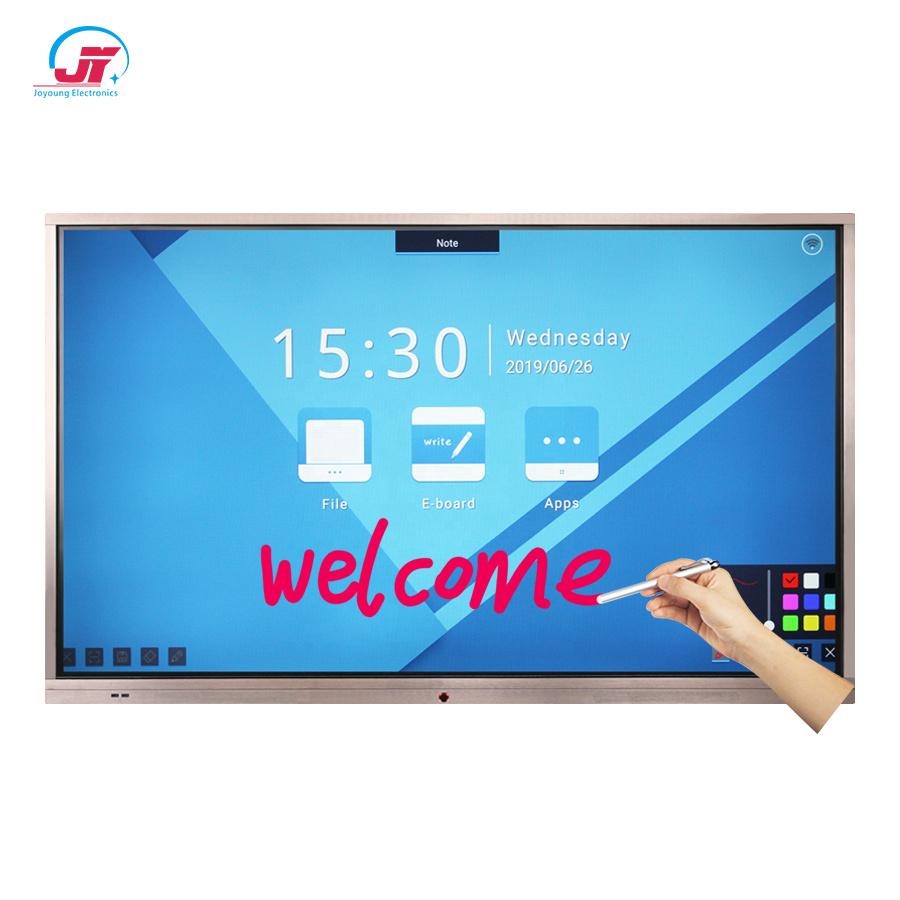Digital boards, also known as interactive or electronic whiteboards, have revolutionized the way information is presented and shared in various settings, ranging from classrooms to corporate boardrooms. These sophisticated devices combine the benefits of traditional whiteboards with cutting-edge technology, providing a dynamic and interactive platform for communication. Unlike static whiteboards, digital boards are equipped with touch-sensitive screens that respond to both stylus and finger input, allowing users to write, draw, and manipulate content with ease. This versatility enhances collaboration and engagement, making learning and business meetings more interactive and productive. The potential applications of digital boards are vast, from facilitating remote collaboration to enhancing creative brainstorming sessions. As technology continues to advance, we can expect further innovations in digital board design, with features such as artificial intelligence integration and enhanced interactivity. In essence, digital boards have become indispensable tools in modern communication, fostering dynamic and collaborative environments across educational, professional, and creative domains.
Posted inBusiness
Digital board



